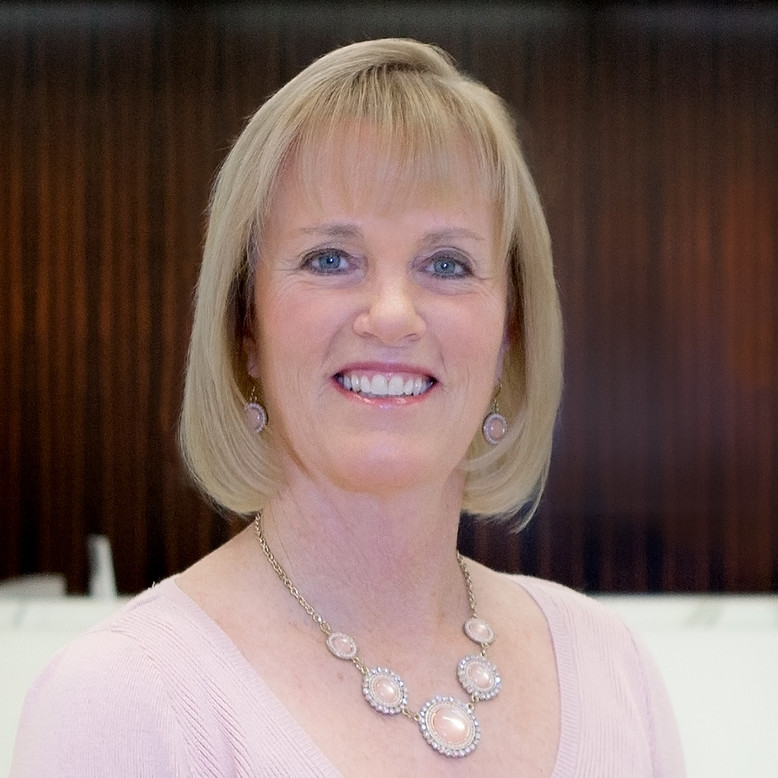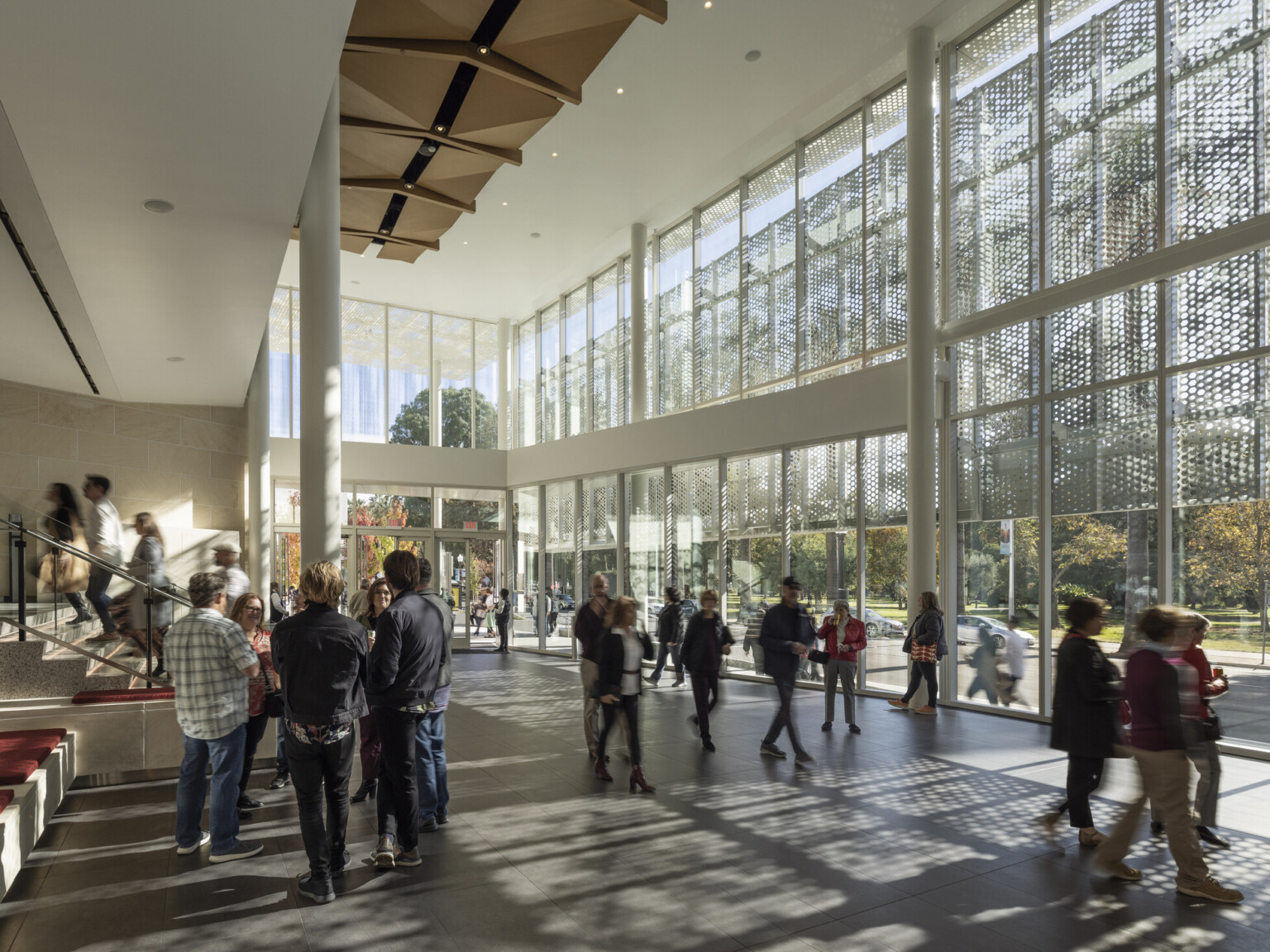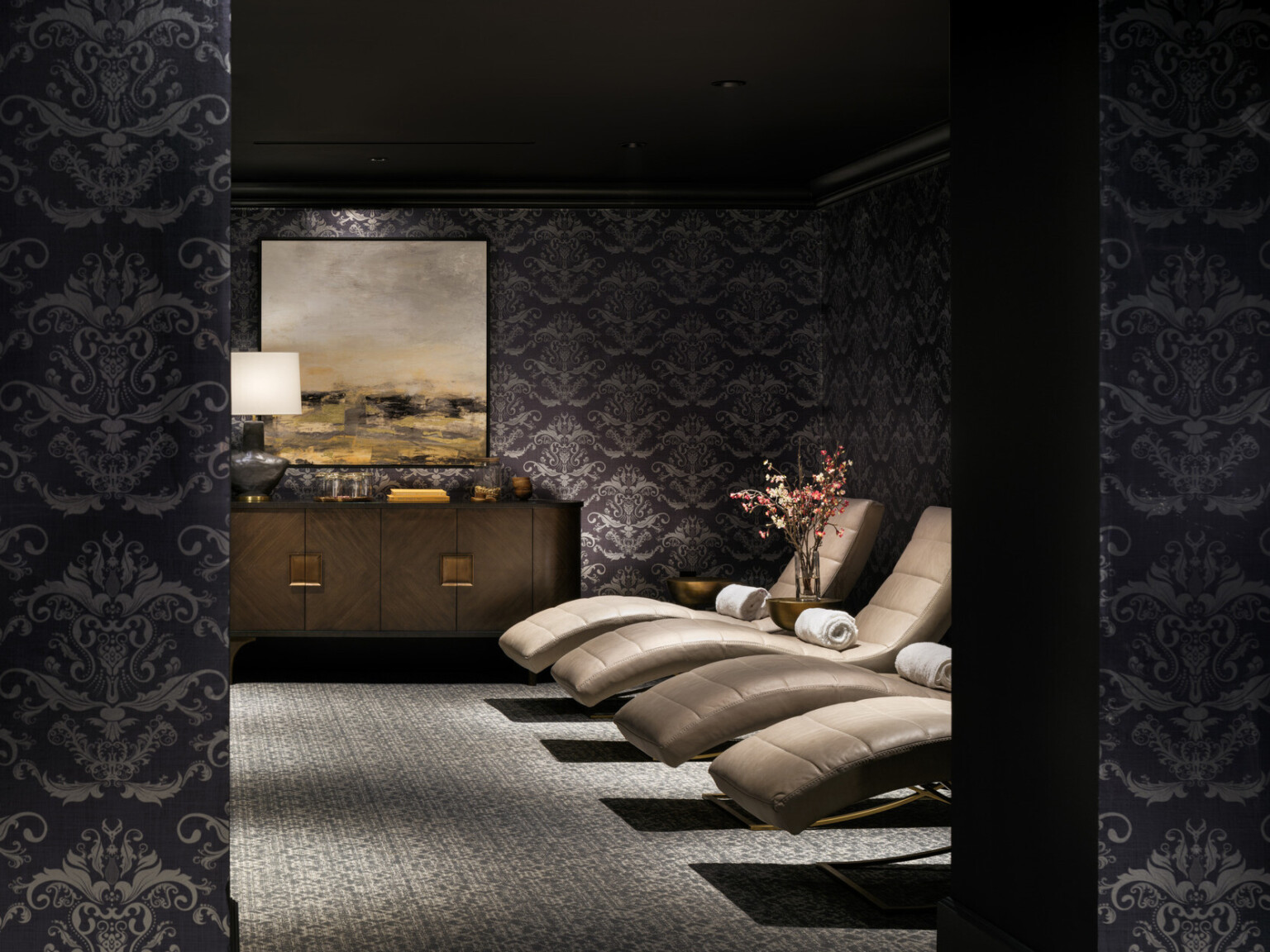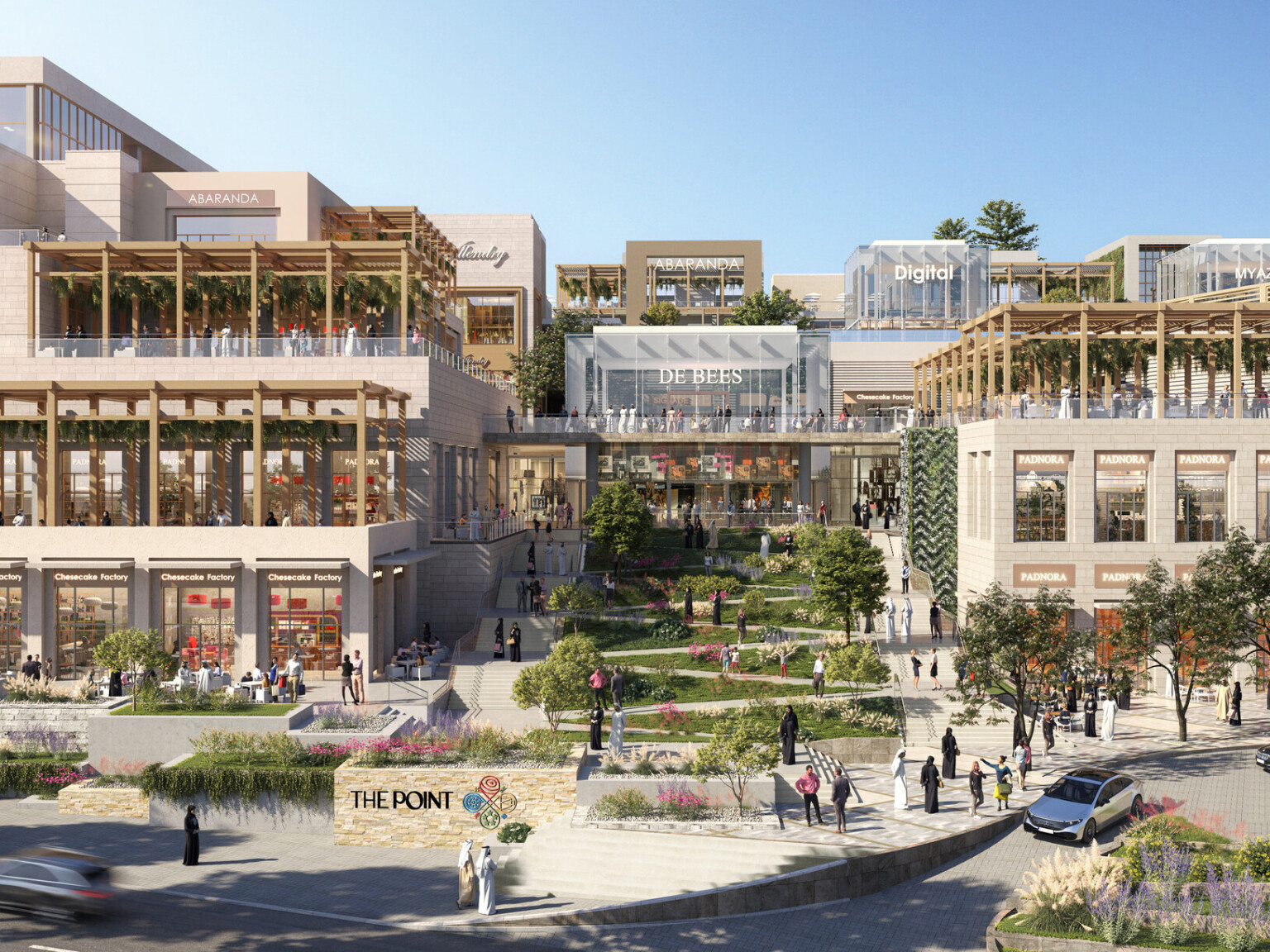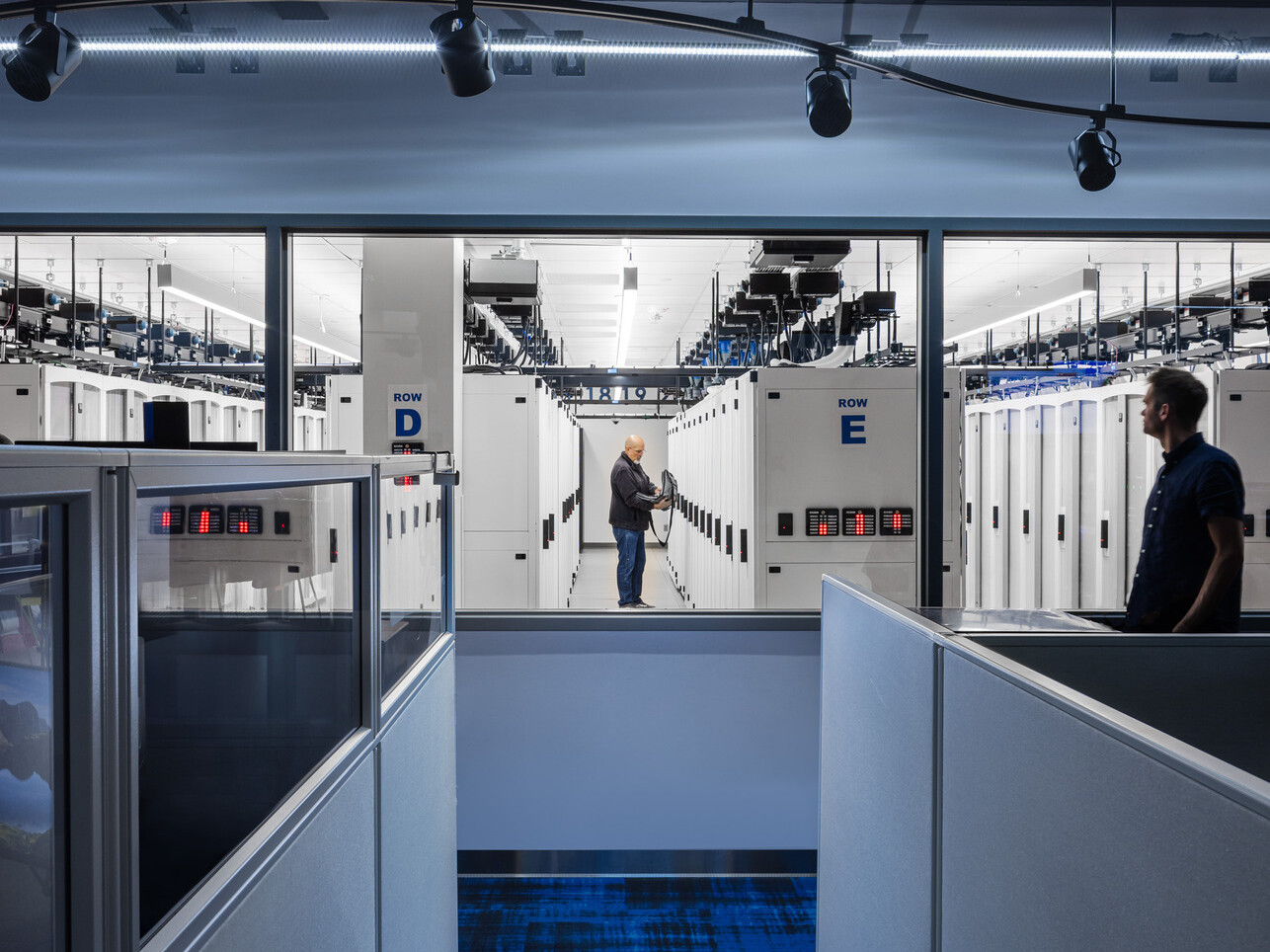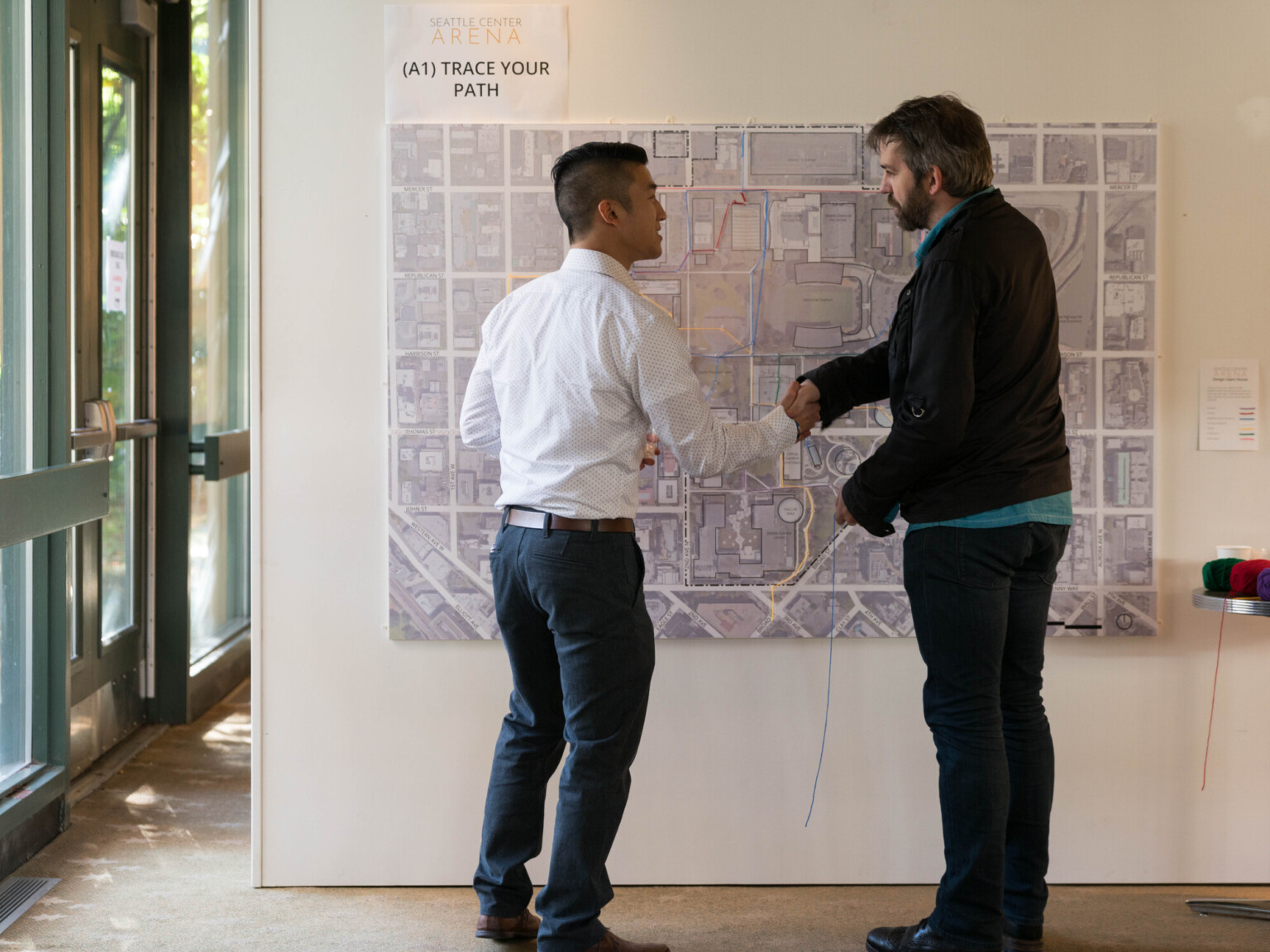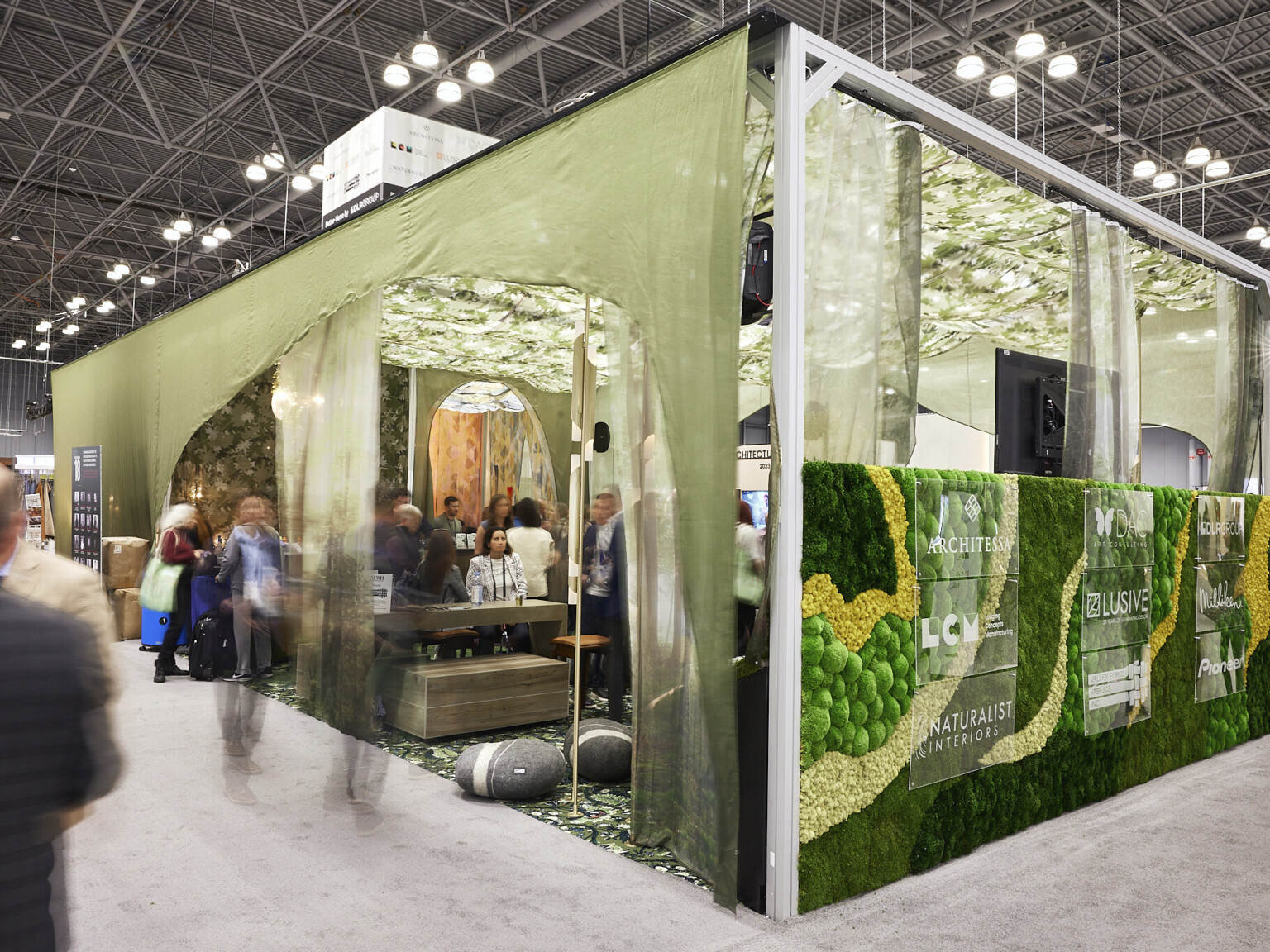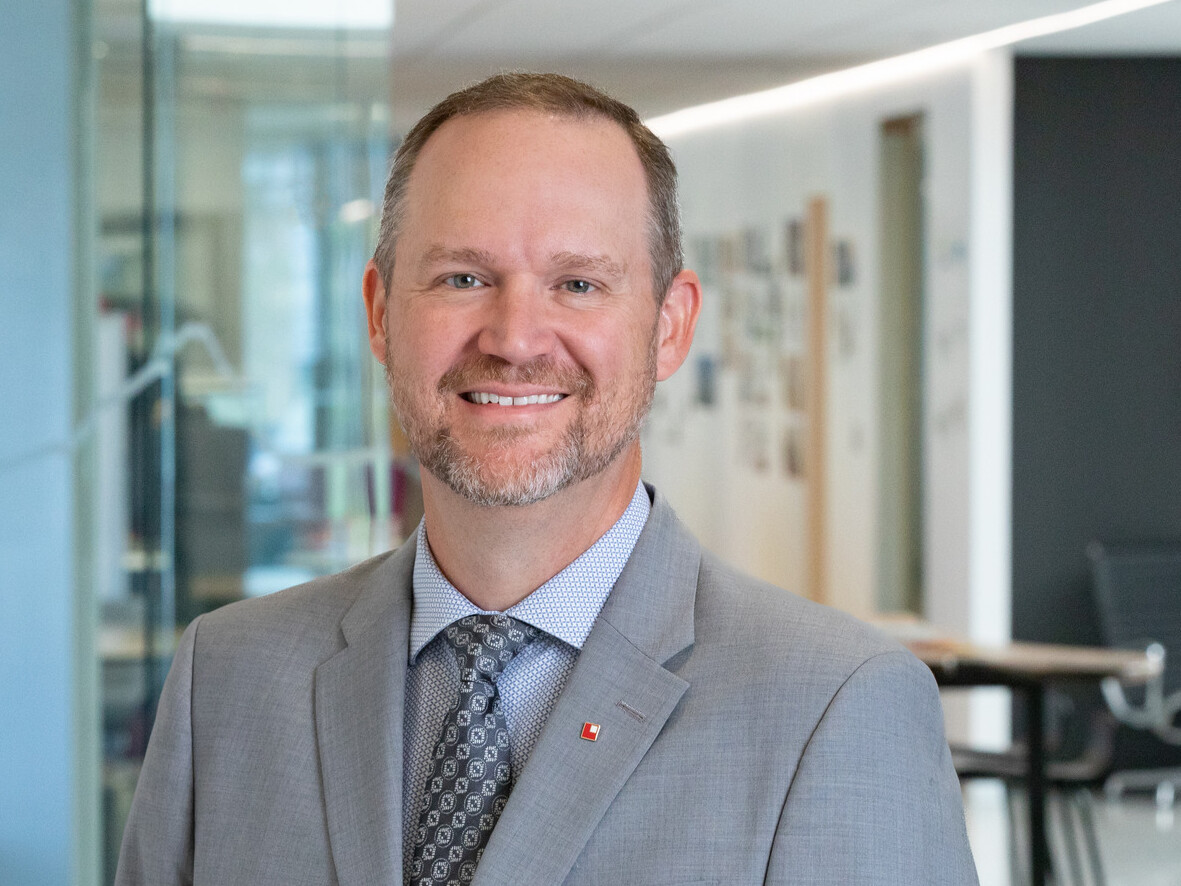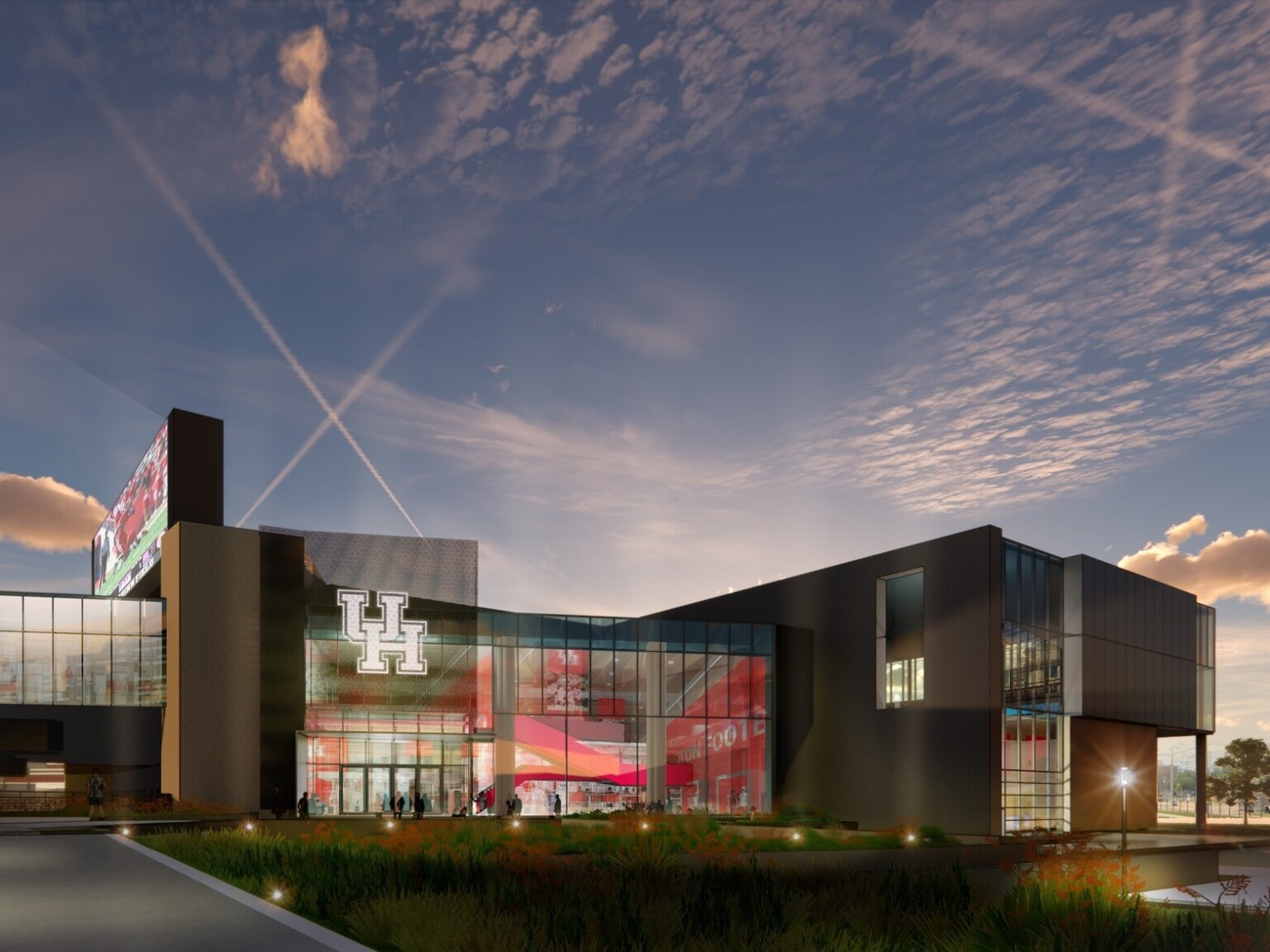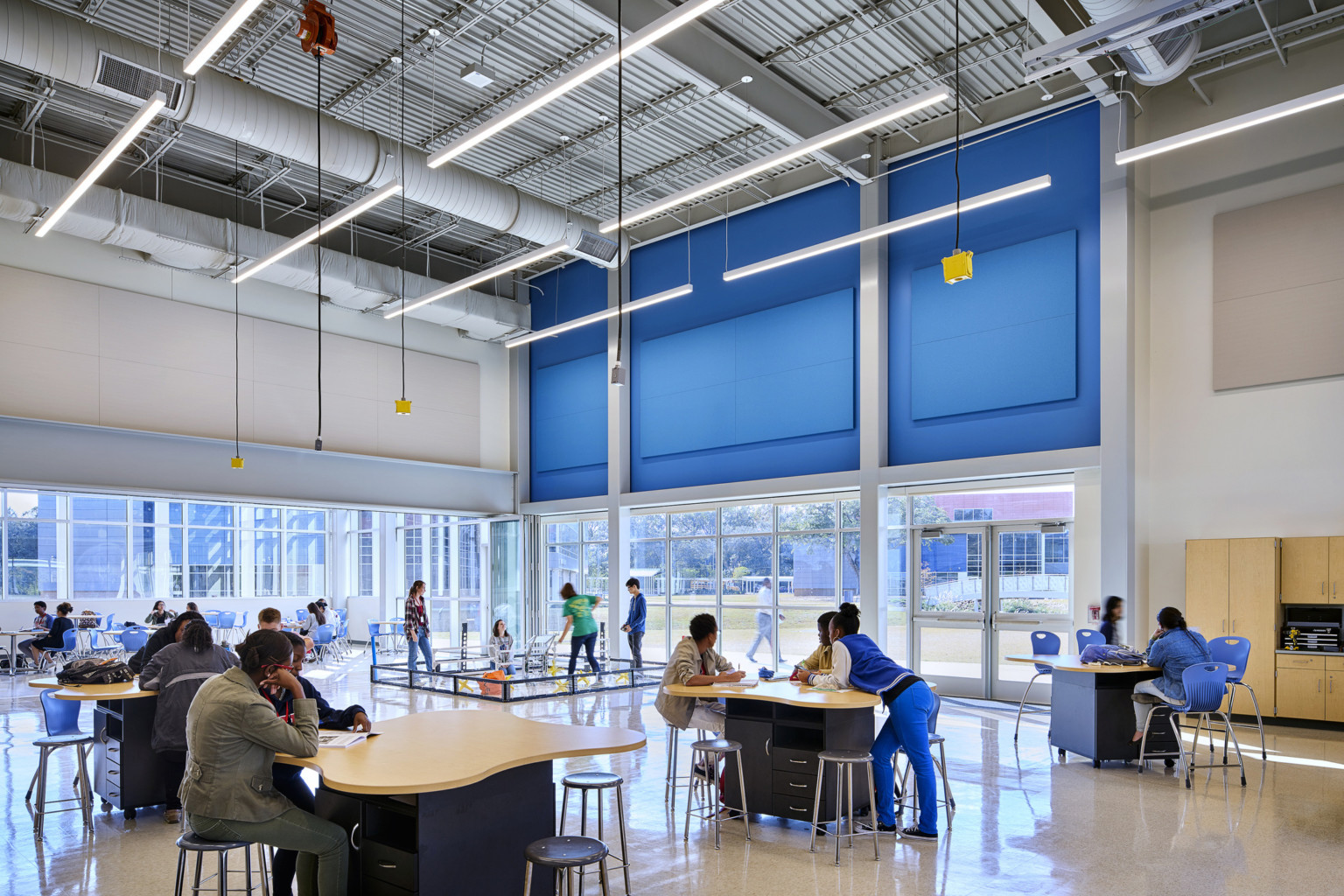
Designing Pedagogy for Innovative Learning Environments
Research has been a staple of my career to illuminate the needs of students and how environments affect learning, and I shared this position with Dr. Diana Saylak, a former coworker and educator at Coppell Independent School District. We both value direct feedback, so she connected me to a central Texas student and a teacher, also known as a facilitator, who shared with me on the condition of anonymity how today’s spaces can create lifelong learners and prepare students for the future. Their stories demonstrate successful transformation of changing behaviors in a new space – what happens when pedagogy meets an innovative learning environment.
Teacher and Student to Facilitator and Learner
“When my students saw a news clipping about the state of water across the world, they really were concerned. So, I gave them an opportunity to decide how they wanted to make a difference. They determined it was important to make people aware of the issues with water conservation. Some chose to develop a website, some chose to design brochures and pamphlets, while others chose to create a digital multi-touch book. They also chose their own groups for this challenge based on common passions. I reviewed regular updates throughout the project, and the experience also included a presentation of their finished projects to me and their peers.”
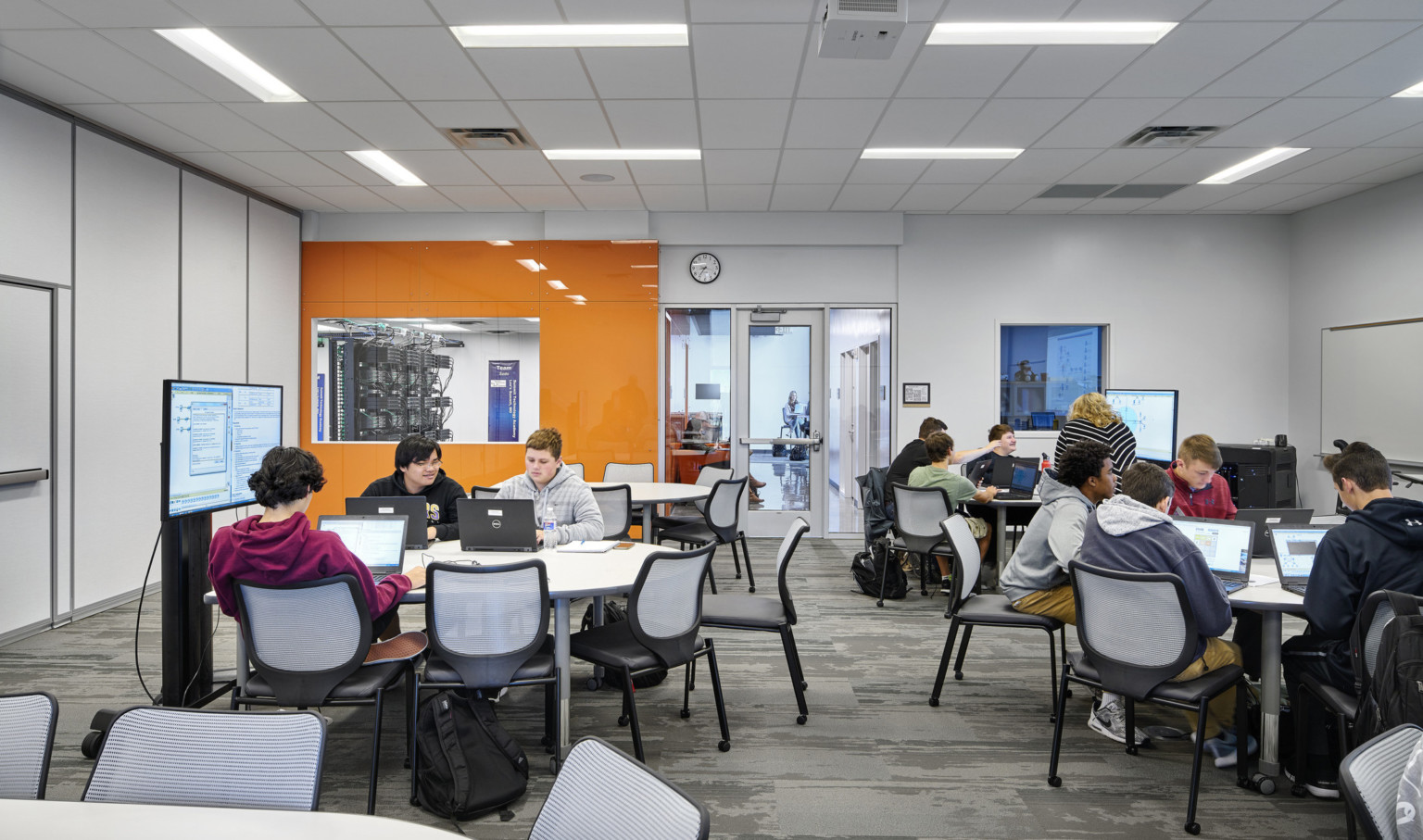
The facilitator also shared that this innovative approach to teaching and learning is much more impactful than lecturing in a traditional educational setting. In previous years, she followed the same lessons year after year, lecturing to students and assigning homework every night. She felt the older, traditional approach made it difficult to build relationships with learners because of the constant pressure to get through the curriculum and prepare students for the state test, and expressed gratitude for the opportunity to be an educator in a new, modern learning environment.
“At the new school, we follow the challenge-based learning model to deliver instruction. Students collaborate with each other throughout the day and are much more involved in their work as they develop a deeper understanding of the world around them. I can guide my students in a way that personalizes learning based on their passions, interests, strengths, and needs. And when they feel like they need more support, I am there to work with them. They can even use our class Google doc to request a workshop, or a small group lesson, on a topic that will fulfill a need and help them move forward, such as quadratic functions or finding expert leaders in a specific field. This way of teaching allows me to understand the curriculum better, and allows me to use my creativity to ensure my students gain the necessary skills and knowledge they need to be successful in life. It is an exciting way to facilitate learning, and I will never go back to traditional teaching!” And her student shared the same sentiment.
During the 2017-2018 school year, this student attended a traditional high school. Her eight classes per day were held in classrooms where the desks were arranged in rows and her teachers lectured day after day. She told me that she rarely talked to other students outside of lunch, and therefore did not make many new friends during the school year. This learner also said by the time she returned home each day, she struggled to remember the goal of her homework lessons. Later that year, however, she began attending a new school – one that supports modern pedagogies and is designed to be flexible, with furniture that can be easily moved to accommodate varying teaching styles, and spaces that can accommodate changing technologies. She said her experience in this innovative learning environment is vastly different than the one she recounted from her the traditional school.
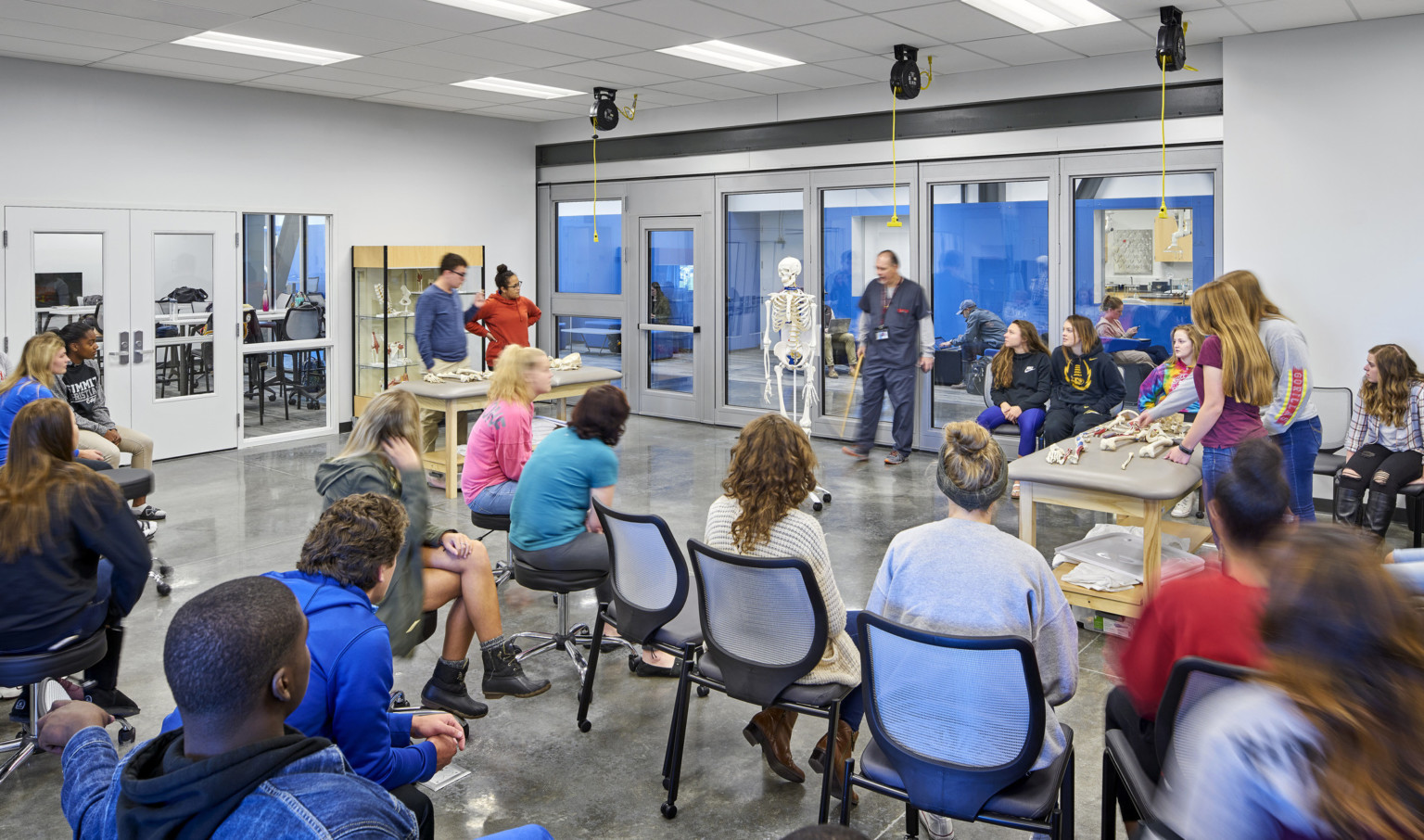
“I love my new school! Here, the content in our classes is integrated and we learn in more of an open environment with additional small and medium spaces, so we can choose where we want to research, practice skills, and create projects. We have comfortable furniture that we move to where we want to sit, or move to work in groups or by ourselves. Our teacher is called a facilitator and she sets up challenges where we have choice in how to research and find solutions. I also get to work with students in other grade levels.”
As she described one of her favorite learning experiences with me, her enthusiasm was palpable. “Today was another amazing day as I shared with the class the digital multi-touch book that I created with two other students for our water conservation challenge project. The three weeks of research and preparation really paid off. When I got to class, I chose a spot next to my friends in my project group. Of course, one of my friends wanted to sit in that big, blue bean bag chair, but I got my favorite spot on the pillow chair behind him. The three of us worked so hard on this project, we even chose to work outside of the school day because we enjoyed doing the project. Our facilitator gave us feedback along the way, so I knew we were going to be successful.” I could sense the knowledge and confidence she gleaned from this collaborative, hands-on experience.
These two stories reinforce my belief that instruction and physical design share equal sides of the educational coin – they work with one other to support educational success. In order to best prepare students for their futures, school districts should approach change from a holistic perspective, simultaneously focusing on the architectural design components of the facility as well as the pedagogy that will be shared in that space. In doing so, these districts can create meaningful change for the learners of today, and flexible solutions for the learners of tomorrow.
